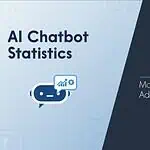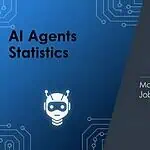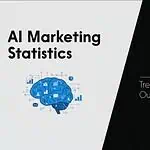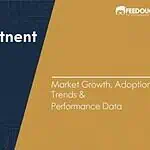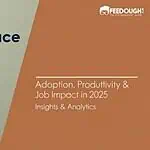While most companies still debate whether to implement AI in their HR departments, smart organisations are already using it to cut hiring times by 75% and boost employee retention rates.
Here’s what caught our attention: the global AI in HR market is valued at over $7.6 billion in 2025, with a projected CAGR of 21.3%. But the real story isn’t just about market size.
What this means for you is that AI has moved beyond recruitment chatbots and basic resume screening. It’s now predicting which employees might quit before they even know it themselves, creating personalised career paths, and eliminating bias in performance reviews.
The thing is, 2025 marks a turning point where AI stops being a nice-to-have HR tool and becomes essential for competitive talent management. You’ll see exactly how the numbers break down, which AI applications deliver the biggest ROI, and what this rapid adoption means for the future of workplace culture.
Key AI in HR Statistics for 2025
The numbers tell a compelling story about AI’s rapid takeover in HR. Here’s what the data reveals about where we stand right now:
- 67% of organisations use AI in recruitment (Second Talent, 2025)
- 99% of talent acquisition teams use AI and automation (HR Tech Feed, 2025)
- 52% of HR leaders aim to improve employee experience through generative AI (SQ Magazine, 2025)
- 46% of HR leaders use AI for real-time performance feedback (SQ Magazine, 2025)
- 89% of HR professionals report AI saves time in recruiting (SHRM, 2025)
- 86.1% of recruiters say AI makes hiring faster (Demand Sage, 2025)
- AI can reduce hiring costs by up to 30% per hire (Demand Sage, 2025)
- The market is projected to reach $30.77 billion by 2034 (Precedence Research, 2025)
- Companies investing in AI training for HR report a 27% higher rate of AI tool adoption (SQ Magazine, 2025)
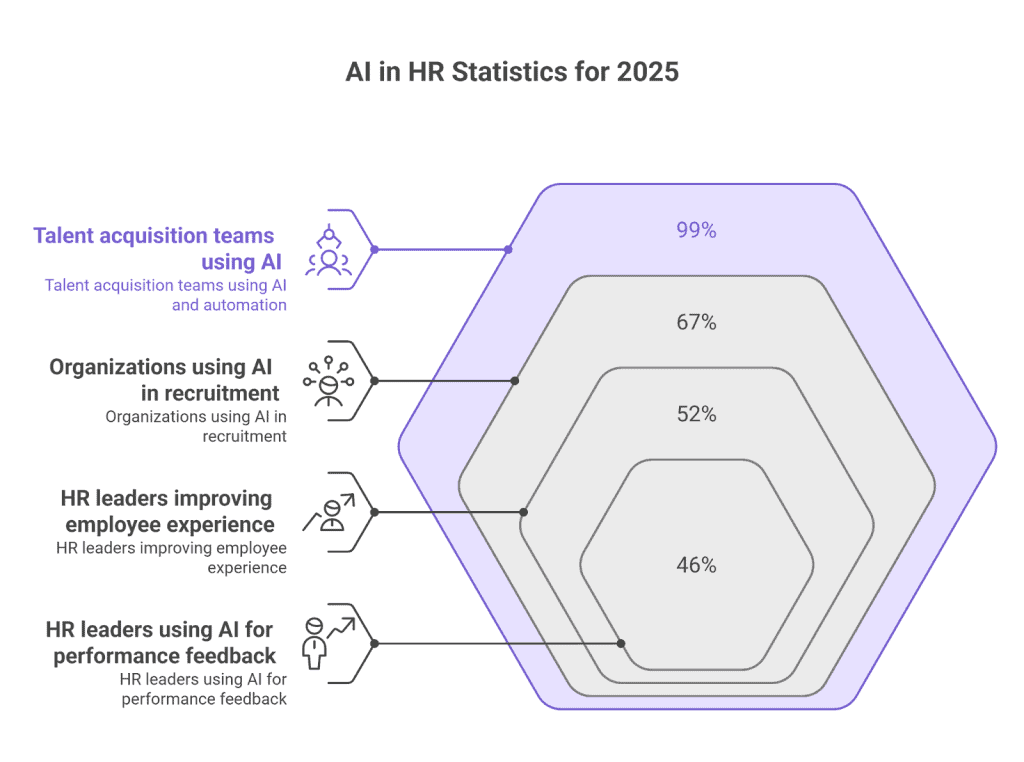
These figures paint a clear picture. AI isn’t just gaining ground in HR, it’s practically everywhere. From recruitment to performance management, the technology has moved from experimental to essential. What’s particularly striking is how AI training directly correlates with adoption rates, suggesting that the companies investing in education are the ones seeing real results.
AI in HR Market Size and Growth Projections
The numbers tell a compelling story about AI’s financial impact on human resources:
- The global AI HR market valued at $6.99 billion in 2025 and is projected to reach $14.08 billion by 2029 at 19.1% CAGR
- Alternative market estimates show $8.5 billion in 2025, growing at 16.1% CAGR to reach $32.5 billion by 2034
- HR technology market expected to double from $40.45 billion in 2024 to $81.84 billion by 2032
- HR technology market size estimated to grow by $18.31 billion from 2025 to 2029 at 8.4% CAGR
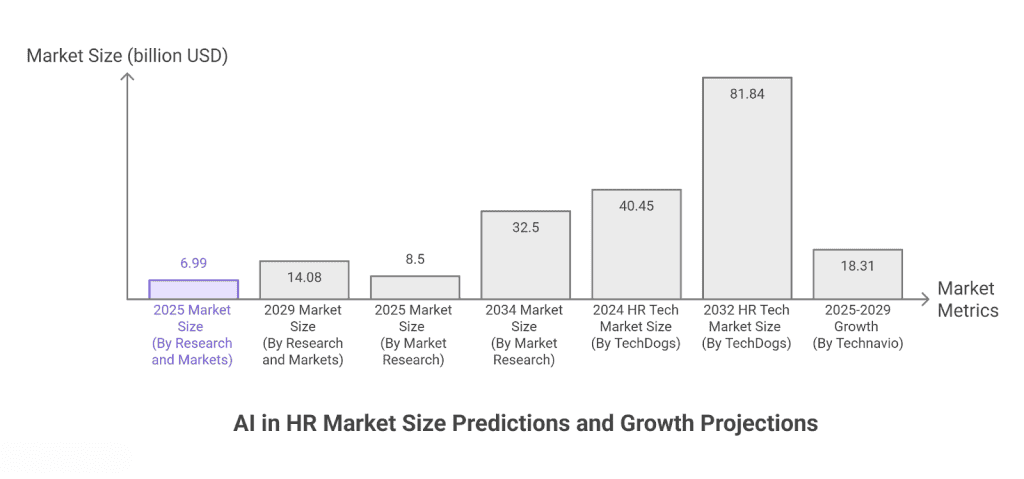
Here’s the thing about these varying projections. Different research firms use different methodologies and market definitions. Some focus strictly on AI-powered HR tools, while others include the broader HR technology landscape where AI plays a supporting role.
What drives this explosive growth? Companies are discovering that AI doesn’t just save time; it fundamentally changes what HR can accomplish. You’re seeing organisations cut recruitment costs by 30% while improving candidate quality. Employee engagement scores jump when AI helps personalise development paths.
For businesses, these numbers represent a shift from nice-to-have to must-have technology. When your competitors are using AI to screen candidates in minutes instead of days, you can’t afford to lag behind. The market growth reflects this reality: companies that adopt AI in HR aren’t just keeping up; they’re gaining measurable advantages in talent acquisition and retention.
Company Adoption Rates and Implementation Statistics
That massive market growth you just saw? It’s happening because companies aren’t just talking about AI anymore. They’re actually using it.
Here’s what the numbers show:
- 93% of talent acquisition teams plan additional AI implementation in their hiring workflows
- 87% of companies integrate AI into their overall recruitment processes
- 65% of recruiters have already implemented AI solutions, primarily for time savings and efficiency
- 58% of recruiters using AI find it most valuable for candidate sourcing activities
- Enterprise companies achieving 78% adoption rates compared to overall 67% average
What’s interesting here is how enterprise companies are pulling ahead. That 78% adoption rate versus the 67% average isn’t surprising when you think about it. Larger organisations have the resources to invest in new technology and the scale to see immediate returns.
Plus, they’re dealing with higher volumes of applications. When you’re sorting through thousands of resumes for a single position, AI becomes less of a nice-to-have and more of a necessity.
The shift from experimentation to real implementation is clear. Most recruiters aren’t testing AI tools anymore. They’re using them daily, especially for candidate sourcing. That 58% figure tells you where AI delivers the most immediate value.
This connects directly to that market expansion we covered earlier. Companies aren’t driving growth by trying AI once. They’re planning additional implementations, integrating it deeper into their processes, and seeing results that justify further investment.
The question isn’t whether companies will adopt AI in recruiting. It’s how quickly they can implement it before their competitors gain an advantage.
Regional Market Distribution and Leadership
The AI revolution in HR isn’t happening at the same pace everywhere. While some regions race ahead with massive investments, others are just starting to catch up.
Here’s how the global landscape breaks down:
- North America leads the AI HR services market with $3.3 billion in market share in 2025
- Asia-Pacific emerges as the fastest-growing region for AI in HR adoption
- North America accounts for the largest HR services market share overall, followed by Europe and Asia-Pacific
- North America maintains 38% share of global HR services market, Europe holds 28%, and Asia-Pacific accounts for 25% in 2024
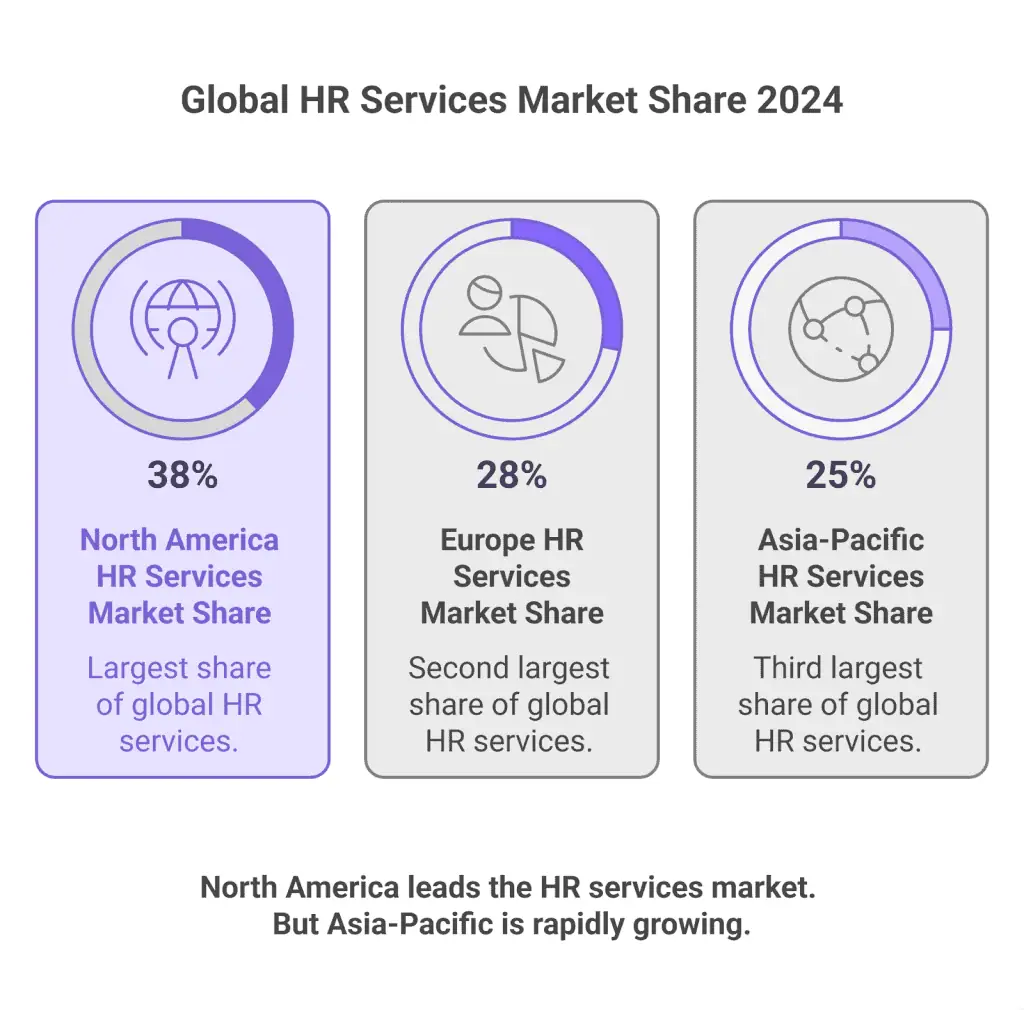
North America’s dominance makes sense when you look at the foundation they built years ago. The region has established tech infrastructure, plus companies there tend to jump on new technologies faster. Think about it, major tech hubs like Silicon Valley and Seattle already had the tools and mindset ready for AI integration.
But here’s what’s interesting. Asia-Pacific might be smaller now, but they’re moving fast. Really fast. Countries like Singapore, Japan, and South Korea are pushing workforce modernisation hard. They’re dealing with ageing populations and need AI to fill gaps that traditional hiring can’t solve.
This connects back to what we saw with enterprise adoption. Large corporations in North America had the resources to experiment first, which gave the region its head start. But as AI tools become more accessible and affordable, and Asia-Pacific companies are catching up quickly through rapid digital transformation initiatives.
Europe sits in the middle, growing steadily but facing stricter regulations that slow down implementation compared to other regions.
AI Applications in Recruiting and Talent Acquisition
Here’s where the rubber meets the road. While companies are still figuring out AI across different departments, recruiting has become the testing ground where organisations see real, measurable results.
The numbers tell a compelling story about how AI is reshaping talent acquisition:
- 44% of recruiters primarily use AI to save time in recruitment processes
- 74% of hiring managers believe AI can assist in assessing skill compatibility with job positions
- 68% of recruiters believe AI could remove biases from hiring processes
- AI recruitment tools reduce time-to-hire by up to 50% while improving candidate quality
What’s driving these adoption rates? Simple economics. When you cut hiring time in half, you’re looking at roughly a 30% cost reduction across your recruitment budget. That’s money that goes straight back to the bottom line.

But here’s what gets hiring managers excited beyond the cost savings. AI tools can scan thousands of resumes in minutes, identifying candidates whose skills actually match job requirements, not just keyword-stuffed applications. Think about it, a marketing role requiring data analysis experience gets matched with candidates who’ve actually done data analysis, not just mentioned “analytics” on their resume.
The bias reduction piece is equally interesting. You’re still working through this, but early results suggest AI can focus purely on qualifications without getting sidetracked by unconscious preferences around names, schools, or career gaps. Of course, this only works if the AI itself isn’t trained on biased data, which is an ongoing challenge the industry is addressing.
What you’re seeing is recruiting becoming a proving ground for AI’s business value, setting the stage for expansion into other HR functions.
Employee Experience and Performance Management
Once companies taste success with AI in recruiting, they naturally start wondering, “What else can this technology do for our people?” That’s exactly what’s happening across industries right now.
Here’s what the data shows about AI’s expanding role:
- AI integration supports strategic workforce planning, performance management, and succession pipeline development
- Real-time performance feedback capabilities are being utilised by HR leaders
- Generative AI is being implemented specifically for employee experience improvement
Remember those statistics from earlier? The 52% of organisations aiming to improve employee experience and 46% using AI for real-time feedback aren’t just recruiting numbers. They represent a fundamental shift in how companies manage their entire employee lifecycle.
Traditional annual reviews used to be the gold standard. You’d wait a whole year, sit down for an awkward hour, and try to remember what happened in March. Real-time feedback flips that script entirely. AI-powered systems now provide continuous monitoring and feedback adjustments throughout the year, catching issues before they become problems and celebrating wins while they still matter.
This shift goes deeper than just feedback timing. Strategic workforce planning now means AI can predict which roles will be critical in six months, identify skill gaps before they impact projects, and map succession pathways that actually make sense for both employees and business needs.
The progression makes perfect sense. Companies start with AI helping them find the right people, then naturally extend that intelligence to help those people grow and succeed once they’re on board.
The Future of AI in Human Resources
The numbers paint a clear picture: AI isn’t just entering HR, it’s completely reshaping how organisations manage their workforce. You’ve seen how the market is set to quadruple in just a few years, with adoption rates in talent acquisition hitting nearly 100% across major companies.
What’s particularly striking is how this technology has moved beyond simple resume screening. Today’s AI systems are handling everything from employee engagement surveys to performance predictions, creating a more data-driven approach to people management than we’ve ever seen before.
The geographic patterns tell an interesting story too. While North America continues to lead in overall adoption, the rapid growth in Asia-Pacific suggests we’re looking at a truly global transformation. Enterprise companies are setting the pace, but the technology is becoming accessible enough that smaller organisations won’t be far behind.
Here’s what this means for you: whether you’re an HR professional, business leader, or someone entering the workforce, AI will likely touch every aspect of your career journey. The companies that master this integration, balancing efficiency with the human touch, will have a significant competitive advantage in attracting and retaining talent.
The question isn’t whether AI will transform HR, it’s how quickly your organisation will adapt to this new reality.
A startup consultant, digital marketer, traveller, and philomath. Aashish has worked with over 20 startups and successfully helped them ideate, raise money, and succeed. When not working, he can be found hiking, camping, and stargazing.

